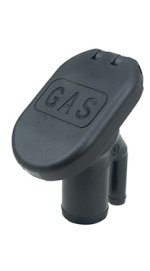Ken O
Member
- Joined
- Mar 5, 2014
- Messages
- 135
- Reaction score
- 4
- C Dory Year
- 1990
- C Dory Model
- 22 Cruiser
- Vessel Name
- Ravens' Roost
Has anyone ever had concerns about water finding its way into the fuel tanks from waves hitting the vents? The vent lines from my vents slope directly down to the tanks without high loops. I have a water separator fuel filter, but I'd rather avoid getting water in the tanks in the first place. The boat is a 1990 C-22 cruiser and it will be used in SE Alaska, which can get pretty rough. Thanks for your thoughts.

